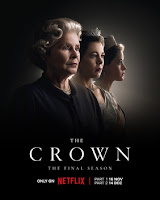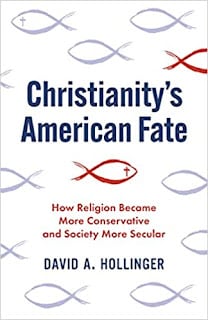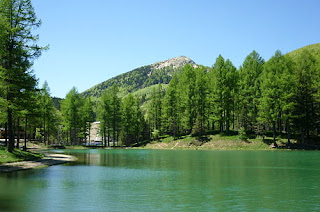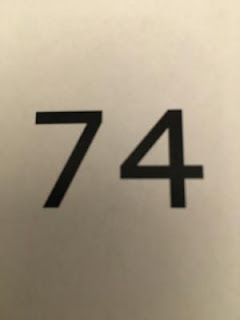« Oh, that girl, » sighs Queen Elizabeth in the first episode of season 6 of Netflix’ The Crown.
« That girl, » of course, is Diana. Who else? And well might we sigh as well, as Netflix has seen fit to devote the first four episodes of the series’ final season to the final summer of the Diana soap opera. The late Princess of Wales, by any honest account the most over-hyped person of the 20th century, was by then the star of endlessly lurid tabloid interest and scandals. Indeed, as The Crown portrays with effective harshness, even before her tragic death Diana’s post-royal life had been spiraling increasingly out of control – something her Derbyshire psychic tries to warn her about in episode 2, warning Diana against « living in the madness. » It was a lesson she tragically appeared not to learn. (Nor apparently has her hapless second son!) In the series, a young but prescient Prince William registers his unhappiness and warns his mother that Dodi is « weird. » Would that she had been able to absorb incoming messages!
Like all the royals – like all real human beings – Diana was complicated. The Crown portrays her complexity and that of the other members of the royal family, above all the Queen. Both in the series and in real life, Diana did do real, serious humanitarian work, which actually made a difference, but the fact (whichThe Crown portrays in all its vapidity) was that the world always only cared about her looks, her clothes, and, above all, her love-life. As the Queen says at one point, « one would almost feel sorry for her, if one weren’t so cross with her. »
The world at large felt « sorry » for Diana and became increasingly « cross » with the Queen and her duty-governed outlook on life. The series seems to want to highlight the contrast – Diana cavorting amid Fayed’s capitalist extravagance (which the rest of us are presumed to desire and so identify with) contrasted with the royal family being properly Victorian in cold and wet Scotland (which presumably we can’t identify with and must dismiss as archaic and out-of-touch). The series assumes (probably correctly) that we are all largely paparazzi at heart, that the values personified by the paparazzi’s mad chase reflect the world true values, in contrast to the royal family’s representation of some long-lost world of duty, honor, and country.
Of course, the way the series unfolds Diana is portrayed as in some sense replacing one hierarchical family with another. Dodi is a subordinate in his father’s empire, a servant to his father’s tyrannical and somewhat absurd ambitions (and aspiration to UK citizenship). Perhaps, we might even infer, Charles really was working for the far better monarch, after all.
The Crown is, of course, fiction, albeit fiction based on facts we well remember without necessarily agreeing about. So it portrays Diana conflicted at the end, even resisting the Fayed empire’s marriage proposal and trying to reinvent her life in a more rational direction. Whether the real Diana might have been ready to embrace a saner outcome, whether that would even have been possible given the constraints of her post-royal celebrity, we can now never know. The Crown can indulge in such fantasy, because we all know what happened next.
Episode 4 takes us into well trodden territory made familiar by the 2006 film The Queen. Here, as in the film, it is Charles who immediately recognizes the implications of Diana’s death. « This is going to be the biggest thing we have ever seen. » Here the series follows the familiar script of the struggle at Balmoral between being a private family and a public institution embodying the soul of a nation. Here, however, it is Charles (with some help from Diana’s ghost) who is the protagonist in that struggle, not the Prime Minister.
Charles’s and his mother’s conversations with Diana’s ghost seem somewhat contrived, but they accomplish their purpose and probably help the audience achieve some closure after having stirred up so much intense emotion. Indeed the series does effectively recapture for those who remember that time some of the extreme emotion of those tragic days. At that same time, in keeping with the series’ trajectory, the episode highlights the underlying conflict between what Diana (or, rather, a certain popular perception of Diana) meant versus what the crown as an institution is intended to mean.
If anything, as in the hunt for the missing Prince William, this series takes even more liberty with history than the film The Queen did. Admittedly, Balmoral is an enormous estate, but it strains credulity to imagine how the heir presumptive to the heir apparent could just go missing for 14 hours. The Crown uses this fictional incident to illustrate what was at issue and help trigger the Queen’s eventual response.
It was, perhaps, inevitable – given audience interests and expectations – that The Crown would devote so much of its limited space to Diana. For better or for worse, the Diana saga succinctly summarizes the tensions which The Crown has chosen to focus on throughout the series, the personal/institutional struggle which The Crown has employed as the primary lens through which to examine the Queen and what she represented. Of course, this is more of a challenge when the persons being portrayed are for the most part still with us. Queen Elizabeth is only recently deceased, and Charles and Camilla are still very much alive and are now reigning on the throne the Queen bequeathed to them. It now remains to be seen how the final six episodes (to be released a month from now) will pull it all together.





